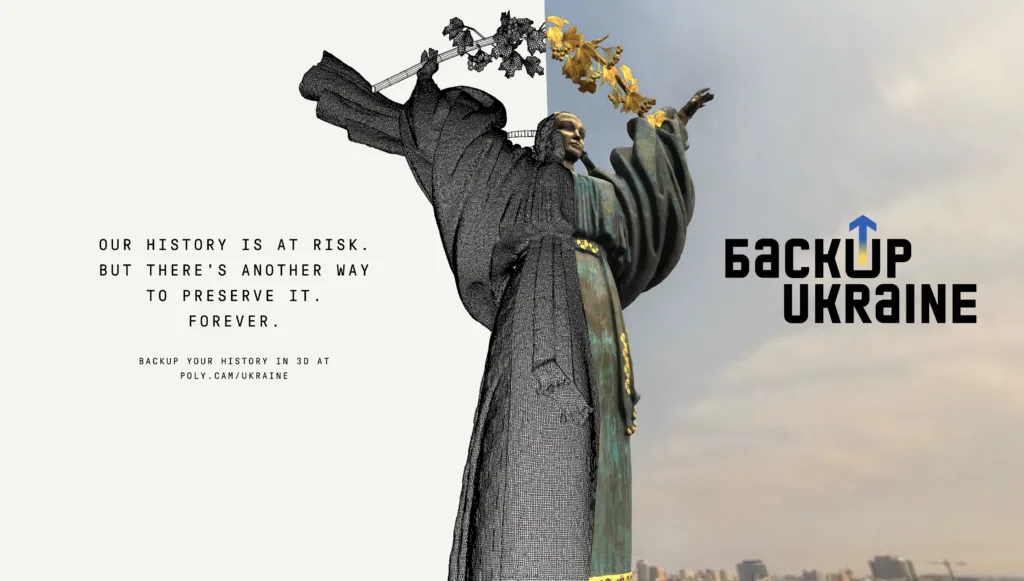By Tao Thomsen, Creative Director and Morten Grubak, Global Executive Creative Director, Innovation at Virtue Worldwide.
Ask most top tier creatives why they got into the industry and you’ll hear some variation of “to make a dent in the world”.
Impact, progress and change are consistently among the highest praise we can heap on any creative accomplishment. As they should be!
But even prior to digital, communication was fully virtual: signs and symbols pointing at the world, but never touching it directly.
So when we, as creatives, said we’d try to change the world, we meant by changing opinions. Or attitudes, desires, visibility, knowledge or some thing inside of someone else’s head.
I don’t mean to take anything away from that.
It is important. And powerful. It is just always one step removed from reality.
It always relies on someone else to actually do the action. And so, the end goal of digital activism was almost always a manifesto, a retweet, a signature — or a donation at best. At worst, it becomes empty virtue signalling.
As an industry, we were all mouth — no hands. But that’s changing.
Reclaiming the physical
A look through the recent winners at Cannes reveals a telling pattern: among the Grands Prix and Titaniums, there was an abundance of creative solutions that reconfigured the relationship between the physical and the digital
Google’s Real Tone remapped their colour capture to accurately capture the beauty of non-white skin tones. Decathlon launched the world’s first virtual cycling team for the incarcerated. EA sports brought back the tragically-lost football prodigy Kiyan Prince as a virtual being — aged and evolved like he would be, had his life not been cut short.
We saw recognition of our own endeavours with both a project enabling citizens to preserve their cultural heritage through 3D scanning and another using AR to tell the unspoken story about colonial artefacts.
Dot Pad even flipped the script and turned digital information into physical reality with an interactive braille display.
Apart from a desire to make the world a little better (and show creative brilliance), what all of these campaigns had in common was bridging the gap between reality and virtual in new and unexpected ways. And by doing that, impacting the world directly — not prompting others to do it for them.
You could say that the digital has set foot in the real.
The progressive potential of Extended Reality
Most of these ideas are obviously highly crafted custom builds. But you don’t need that kind of budget to tap into the same power. Although the term doesn’t fully cover the range of technology above, the rapidly growing field of Extended Reality (XR) presents lots of accessible solutions — especially if you broaden your view beyond the obvious AR / VR executions and consider all the technological developments re-connecting the physical and virtual.
Imagine how telepresence and medicine could enable doctors to go not just across borders, but truly transcend them. How creative deployment of machine vision could help scale the language barrier and digitise the global south. How collabora-tech like DAOs and GITs could drive a new era of direct citizen impact.
The real potential isn’t in the ubiquity of these and other technologies like biometric sensors or virtual identities. It’s in their accessibility. Because that allows them to become creative tools — hacked, re-imagined and applied in novel ways that shorten the distance between the realm of ideas and the world they seek to change.
So if you’re really serious about purpose, think of yourself less as a communicator and more as a facilitator. Think less about messages and more about tools. And don’t leverage everything on the perfect way to prompt already existing actions — when you can enable an entirely new one.
Who knows, you might just end up changing the world, if only a little bit.












